5 Most Overvalued Dow Components – July 2015
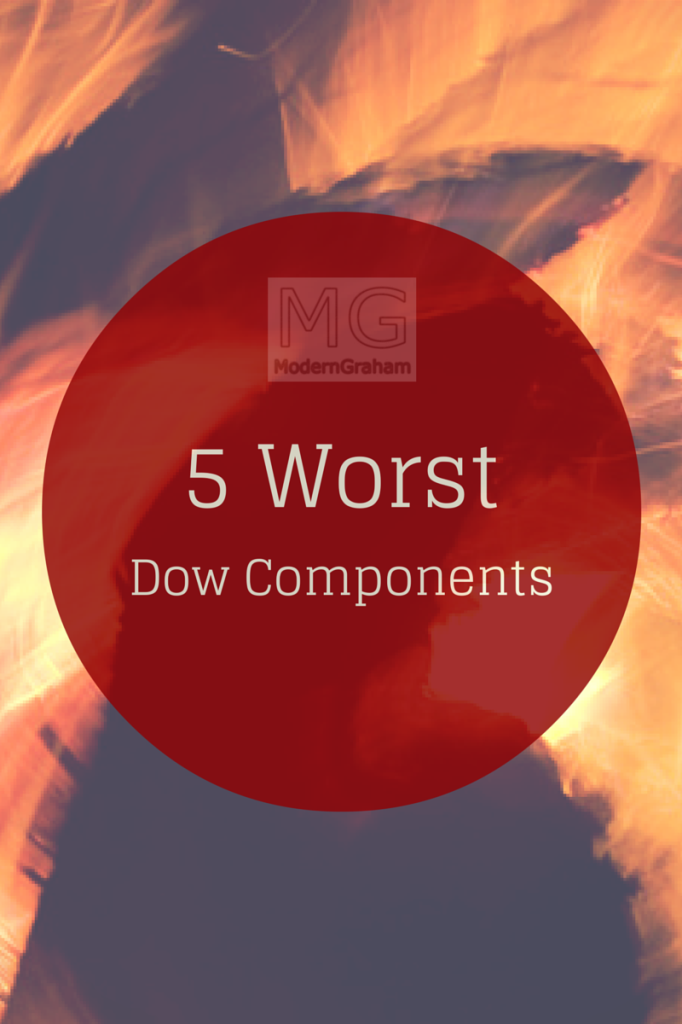
There are so many great companies in the market today, but there are also many overvalued companies. By using the ModernGraham Valuation Model, I’ve selected the five most overvalued Dow Components reviewed by ModernGraham according to the ModernGraham approach. Defensive Investors are defined as investors who are not able or willing to do substantial research into individual investments, and therefore need to select only the companies that present the least amount of risk. Enterprising Investors, on the other hand, are able to do substantial research and can select companies that present a moderate (though still low) amount of risk. Each company suitable for the Defensive Investor is also suitable for Enterprising Investors. Only speculators should pursue companies not suitable for either the Defensive Investor or the Enterprising Investor.
Merck & Company (MRK)

Merck & Company does not qualify for either the Defensive Investor or the Enterprising Investor. The Defensive Investor is concerned by the low current ratio, lack of earnings growth over the last ten years along with the high PEmg and PB ratios. The Enterprising Investor is similarly concerned by the lack of earnings growth over the last five years along with the high level of debt relative to the net current assets. As a result, value investors following the ModernGraham approach based on Benjamin Graham’s methods should explore other opportunities at this time. From a valuation side of things, the company appears to be overvalued after seeing its EPSmg (normalized earnings) drop from $2.66 in 2010 to only an estimated $2.23 for 2014. This demonstrated lack of growth clearly does not support the market’s implied estimate of 9.01% earnings growth and leads the ModernGraham valuation model, based on Benjamin Graham’s formula, to return an estimate of intrinsic value well below the price. (See the full valuation)

Goldman Sachs (GS)
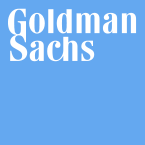
Goldman Sachs does not perform well in the initial stages of the ModernGraham analysis, having not met the requirements of either the Defensive Investor or the Enterprising Investor. Specifically, the Defensive Investor is turned away by the lack of earnings growth over the last ten years and the Enterprising Investor is similarly concerned by the lack of growth over the last five years. As a result, any value investor following the ModernGraham approach based on Benjamin Graham’s teachings should explore other opportunities at this time or proceed with extreme caution when continuing to review this company.
To determine an estimate of the intrinsic value, one must consider the company’s earnings. Goldman Sachs has seen its EPSmg (normalized earnings) drop from $15.80 in 2010 to an estimated $4.00 for 2014. This drop in earnings is approximately a loss of 2.28% each year. Even assuming the company’s drop in earnings will be lessened in the future, a conservative growth estimate may be around a loss of 1.7% annually, which clearly does not support the market’s implied forecast of 2.58% earnings growth over the next 7-10 years. As a result, the ModernGraham valuation model returns an estimate of intrinsic value below the price, supporting a conclusion that the company is overvalued. (See the full valuation)

Chevron Corporation (CVX)
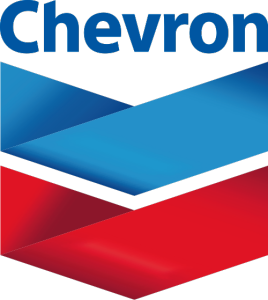
As this stock analysis shows, Chevron Corporation is not suitable for either the Defensive Investor or the Enterprising Investor. The Defensive Investor is concerned with the low current ratio, and the insufficient earnings growth over the last ten years. The Enterprising Investor is concerned with the level of debt relative to the current assets and the lack of earnings growth over the last five years. As a result, value investors following the ModernGraham approach based on Benjamin Graham’s methods should explore other opportunities. As for a valuation, the company appears to be overvalued after seeing its EPSmg (normalized earnings) drop from $10.20 in 2011 to only an estimated $8.63 for 2015. This level of demonstrated earnings growth does not support the market’s implied estimate of 1.68% annual earnings growth over the next 7-10 years. As a result, the ModernGraham valuation model, based on Benjamin Graham’s formula, returns an estimate of intrinsic value well below the price. (See the full valuation)

General Electric (GE)
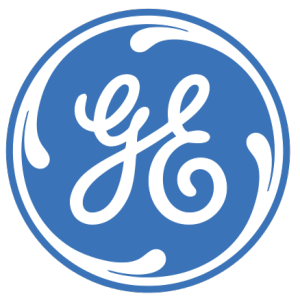
General Electric does not qualify for either the Defensive Investor or the Enterprising Investor. The Defensive Investor is concerned with the low current ratio and the insufficient earnings growth over the last ten years. The Enterprising Investor takes issue with the level of debt relative to the current assets along with the lack of earnings growth over the last five years. As a result, any purchase of the company is made with a speculative nature behind it. That said, any speculator interested in pursuing the company should still proceed to the next part of the analysis, which is a determination of the company’s intrinsic value.
With regard to that intrinsic value, the company has seen its EPSmg (normalized earnings) drop from $1.39 in 2010 to only an estimated $1.33 for 2014. This lack of demonstrated growth does not support the market’s implied estimate for earnings growth of 5.56% annually over the next 7-10 years. The ModernGraham valuation model therefore returns an estimate of intrinsic value below the current price, indicating the company is overvalued at the present time. (See the full valuation)

Proctor & Gamble (PG)
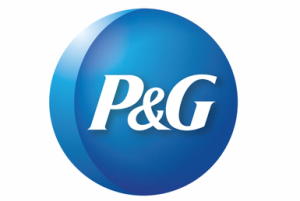
Procter & Gamble does not qualify for either the Defensive Investor or the Enterprising Investor. The Defensive Investor is concerned with the low current ratio, insufficient earnings growth over the last ten years, and high PEmg and PB ratios. The Enterprising Investor takes issue with the level of debt relative to the current assets along with the lack of earnings growth over the last five years. As a result, any purchase of the company is made with a speculative nature behind it. That said, any speculator interested in pursuing the company should still proceed to the next part of the analysis, which is a determination of the company’s intrinsic value.
With regard to that intrinsic value, the company has seen its EPSmg (normalized earnings) drop from $3.95 in 2011 to only an estimated $3.89 for 2015. This lack of demonstrated growth does not support the market’s implied estimate for earnings growth of 6.78% annually over the next 7-10 years. The ModernGraham valuation model therefore returns an estimate of intrinsic value below the current price, indicating the company is overvalued at the present time. (See the full valuation)

Disclaimer: The author did not hold a position in any of the companies listed in this article ...
more


